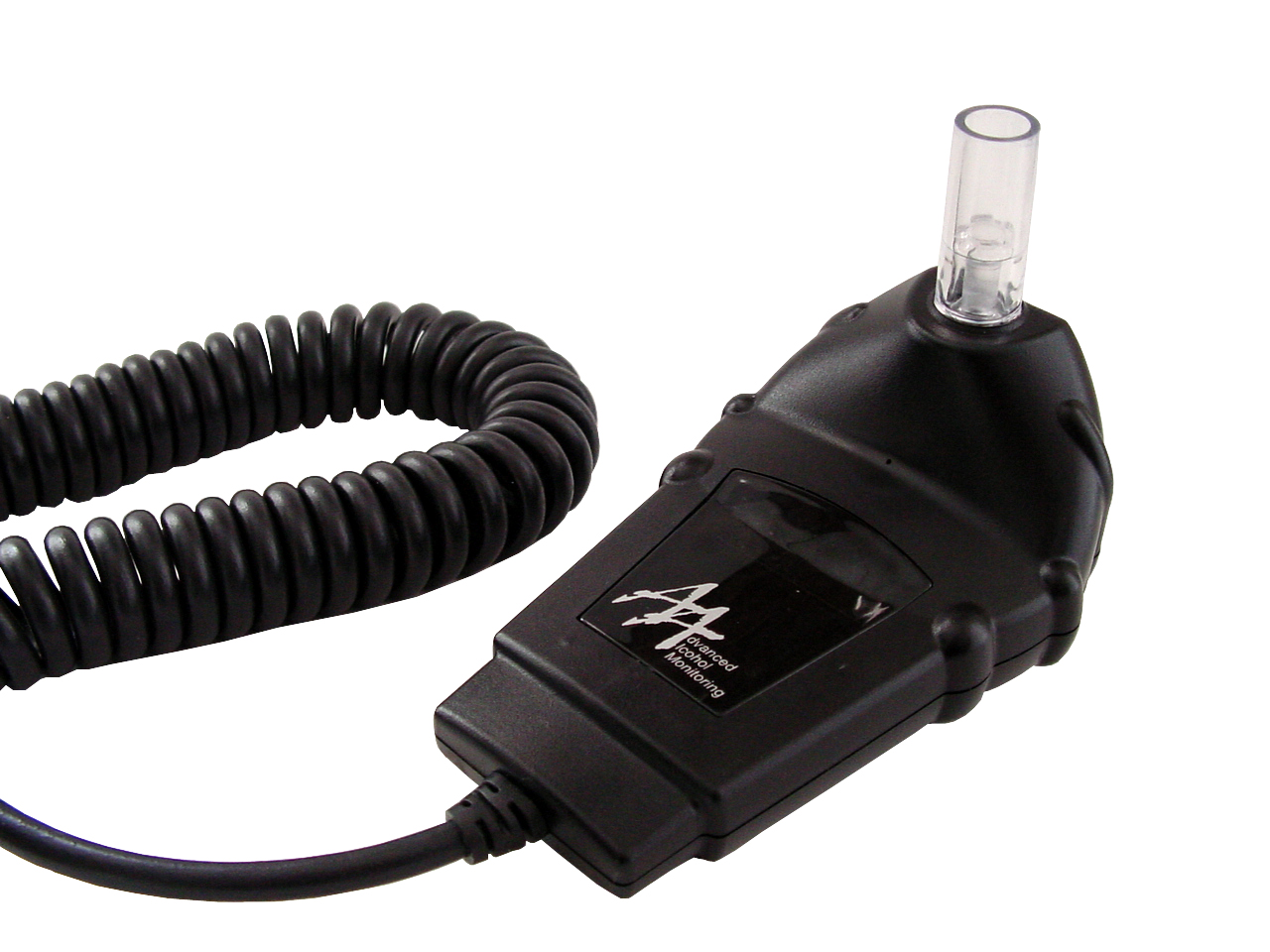 Last month, I wrote about the use of ignition interlock devices in Massachusetts drunk driving cases. Under Melanie’s Law, courts may order repeat OUI offenders to install these mobile breathalyzers in their vehicles, at their own expense. The devices were originally hailed as an effective way to stop drunk driving, but as I wrote in January, citizens and Massachusetts OUI defense attorneys have raised significant questions about their effectiveness, reliability and safety.
Last month, I wrote about the use of ignition interlock devices in Massachusetts drunk driving cases. Under Melanie’s Law, courts may order repeat OUI offenders to install these mobile breathalyzers in their vehicles, at their own expense. The devices were originally hailed as an effective way to stop drunk driving, but as I wrote in January, citizens and Massachusetts OUI defense attorneys have raised significant questions about their effectiveness, reliability and safety.
Now, a report from the Record of Waterloo, Ontario, Canada suggests that ignition interlock devices may someday be outmoded by a new technology. The Feb. 12 article says Sober Steering Sensors Canada Inc. is developing a type of chemical sensor that can detect what it calls the gas byproducts of alcohol though a person’s skin. The company is developing a steering wheel that incorporates the sensors. As with IIDs, the system would not allow the vehicle to start if it detects a high BAC. The Record said the company is already testing the technology in “fleet” vehicles, including buses and large trucks. Both MADD and the auto insurance industry have expressed interest, and the company’s founder was slated to talk to Florida’s state legislature about the technology Feb. 15.
The article said Sober Steering’s product may improve on IIDs for several reasons. IIDs require a “clean” breath test before they allow the vehicle to start. Drivers can get around this by having another person take the test. For this reason, IIDs also require a “rolling retest,” which means retaking the breath test while the vehicle is in motion. Critics believe this is not safe, especially since the car can shut down in traffic if the driver can’t find a safe place to pull over and take the test. The Sober Steering technology can take rolling retests without the driver having to do anything but keep his or her hands on the wheel. Sober Steering claims its technology can tell the difference between alcohol consumption and alcohol from hand sanitizer, mouthwash or other products, a common criticism of breathalyzers. And the cost of installing it is a sixth to a tenth of the cost of an IID, the article said.
 Massachusetts DUI Lawyer Blog
Massachusetts DUI Lawyer Blog


 In the case of Commonwealth v. Dennis P. Steele, the court was asked to decide whether prosecutors may introduce both blood-alcohol content test readings at OUI trials, or only the lower of the two readings. This was a challenge to the existing rules, which explicitly say that prosecutors and police may use only the lower of the two readings. Fortunately for Massachusetts drivers, the court rejected the challenge and affirmed the rule as it currently exists.
In the case of Commonwealth v. Dennis P. Steele, the court was asked to decide whether prosecutors may introduce both blood-alcohol content test readings at OUI trials, or only the lower of the two readings. This was a challenge to the existing rules, which explicitly say that prosecutors and police may use only the lower of the two readings. Fortunately for Massachusetts drivers, the court rejected the challenge and affirmed the rule as it currently exists.